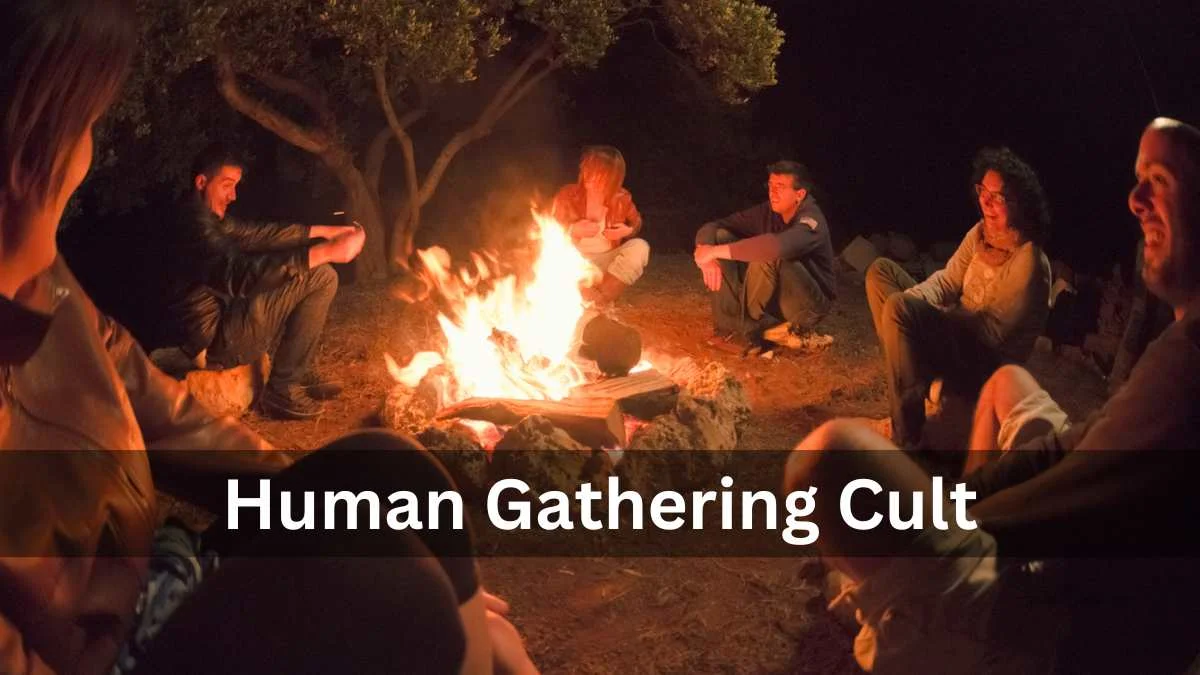Human gathering cult, from religious assemblies to ideological collectives, have always held a significant place in society. These human gathering cult often fulfill deep-rooted human needs for belonging, understanding, and purpose. However, when these gatherings evolve into cults, they present unique psychological, sociological, and cultural phenomena that merit thorough investigation. This article explores the formation, operation, and impact of cults, offering a comprehensive analysis of their function within society and the implications for individuals involved.
Defining Cults in the Modern Context
The term “cult” often evokes images of secretive groups engaging in nefarious activities under the sway of a charismatic leader. While extreme cases exist, the definition of a cult can be broader and more nuanced. Cults are typically characterized by their intense devotion to a specific cause or figure and often involve a level of commitment that significantly separates members from non-members, sometimes to a harmful extent.
Scholars like Robert J. Lifton have proposed criteria to classify a group as a cult, which includes:
- Milieu Control: The control of information and communication both within the environment and, ultimately, within the individual, resulting in a significant degree of isolation from society at large.
- Mystical Manipulation: The manipulation of experiences that appear spontaneous but are, in fact, planned and orchestrated by the group or its leaders in order to demonstrate divine authority, spiritual advancement, or some exceptional talent or insight that sets the leader and/or group apart.
- Demand for Purity: The world is viewed as black and white, and group members are constantly exhorted to conform to the ideology of the group and strive for perfection.
- Confession: Sins, as defined by the group, are to be confessed either to a personal monitor or publicly to the group.
- Sacred Science: The group’s doctrine or ideology is considered to be the ultimate Truth, beyond all questioning or dispute.
- Loading the Language: The group interprets or uses words and phrases in new ways so that often the outside world does not understand. This jargon consists of thought-terminating clichés, which serve to alter members’ thought processes to conform to the group’s way of thinking.
- Doctrine over Person: Member’s personal experiences are subordinated to the sacred science and any contrary experiences must be denied or reinterpreted to fit the ideology of the group.
- Dispensing of Existence: The group has the prerogative to decide who has the right to exist and who does not. This is usually not literal but means that those in the outside world are not saved, enlightened, fortunate, etc.
These criteria help to understand how cults function and influence their members, differing markedly from more benign human gathering cult.
Psychological Appeal of Cults
Cults often attract individuals through a promise of fulfilling deep existential needs, offering a sense of belonging, identity, and purpose. The allure of being part of a special community or gaining special knowledge can be particularly compelling. Cult leaders typically possess an enigmatic charm and are adept at manipulation, often preying on vulnerable individuals who are at a crossroads in their lives or experiencing existential uncertainty.
Sociological Aspects
Cults not only affect individuals but also have wider social implications. They can lead to significant changes in social dynamics, affecting families and communities. The insular nature of many cults means that they can develop their own social norms, which may be in conflict with mainstream society. This separation can lead to a lack of social checks and balances, where abusive practices or exploitation can occur unchecked.
Case Studies of Cult Dynamics
- The People’s Temple: Led by Jim Jones, whose promise of an egalitarian utopia led to the tragic deaths of over 900 people in Jonestown, Guyana, in a mass suicide-murder in 1978.
- Heaven’s Gate: A cult based on the belief in extraterrestrial guidance that ended in the mass suicide of 39 members in 1997, believing they would ascend to a higher existence.
- Branch Davidians: Known for the 1993 Waco Siege, where the group clashed with federal agents, leading to the death of the group’s leader David Koresh, along with 76 others.
Challenges in Addressing human gathering cults
Dealing with cults presents legal and ethical challenges, particularly in liberal democracies where freedom of belief is protected. Distinguishing between legitimate religious or spiritual groups and harmful cults is often contentious. Intervention strategies range from legal action in cases of criminal activity to psychological support for those seeking to leave cults.
Conclusion: human gathering cult
Human gathering cults represent a complex interplay of psychological manipulation, charismatic leadership, and vulnerable followers. They challenge our understanding of religious freedom and personal autonomy, presenting ongoing challenges for both individuals and society. While human gathering cults can sometimes evolve into benign religious movements, the potential for harm necessitates ongoing scrutiny, public awareness, and supportive resources for those affected. Understanding the nuanced dynamics of cults is essential in fostering a society where freedom of belief does not impinge on individual rights and well-being.








